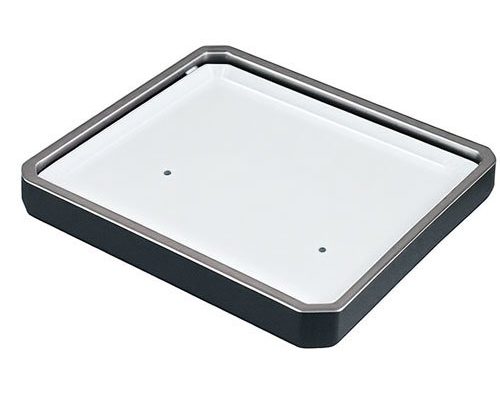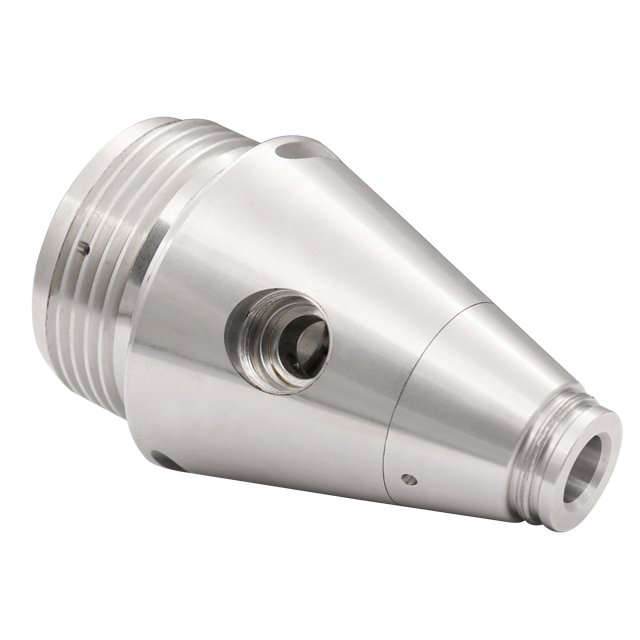CNC machining has revolutionized the manufacturing industry by offering precision and versatility in the production of complex components. Among the various methods employed, 3, 4, and 5 axis machining stand out as critical techniques that enhance efficiency and accuracy. In this article, we will delve into the intricacies of these machining processes, exploring their technical details, benefits, and how they shape modern manufacturing.
Understanding CNC Machining
What is CNC Machining?
CNC (Computer Numerical Control) machining refers to the automated process of using pre-programmed software to control machine tools. It involves several operations like drilling, milling, and turning to create intricate parts from various materials, including metals, plastics, and composites. This level of automation significantly reduces human error, increases production speed, and enhances repeatability.
The Importance of Precision in CNC Machining
Precision is paramount in CNC machining. Even minute discrepancies can lead to product failures or inefficiencies. The integration of advanced technologies allows manufacturers to achieve tolerances as tight as ±0.005 mm, which is essential for industries like aerospace, automotive, and medical devices.
The Axes of Movement: 3, 4, and 5 Axis Machining
3 Axis Machining
Overview
3 axis machining is the most common type of CNC machining. It involves three linear movements along the X, Y, and Z axes.
Technical Highlights
- Simplicity: While effective, 3 axis machining has limitations when it comes to creating complex geometries. It is primarily used for basic shapes and features.
- Applications: Common applications include drilling holes, milling flat surfaces, and creating contours on relatively simple parts.
Pros and Cons
- Advantages: Lower cost, easy programming, and suitability for simple projects.
- Disadvantages: Limited complexity and not ideal for intricate designs.
4 Axis Machining
Overview
4 axis machining introduces a rotational axis (A-axis), allowing the workpiece to rotate horizontally, offering more versatility in component design.
Technical Highlights
- Increased Complexity: With the addition of rotation, manufacturers can access more surfaces without needing to reposition the part.
- Applications: Ideal for producing intricate shapes like gears, curved components, and parts with features on multiple sides.
Pros and Cons
- Advantages: More efficient than 3 axis machining, ability to create more complex geometries, reduced setup time.
- Disadvantages: Higher costs and programming complexity.
5 Axis Machining
Overview
5 axis machining integrates two rotating axes, providing the most extensive range of motion and allowing complex shapes to be machined in a single setup.
Technical Highlights
- Multi-Dimensional Capability: This method can machine complex geometries from multiple angles, minimizing the need for tool changes and refinements.
- Applications: Widely utilized in industries requiring complex components, such as aerospace for turbine blades and automotive for engine parts.
Pros and Cons
- Advantages: Simplified machining process, improved surface finish, shorter lead times, and reduced setups.
- Disadvantages: Higher initial investment and learning curve for operators.
Impact on Precision and Efficiency
Enhanced Precision
- Tighter Tolerances: The complexity of 5 axis machining allows for tolerances that were previously unattainable with 3 axis methods. This precision is vital for components that require detailed fitting and assembly.
- Reduced Errors: Continuous tool engagement reduces the opportunities for error, which is crucial when producing components that must fit seamlessly.
Increased Efficiency
- Fewer Setups: By allowing for multiple operations to be completed without repositioning materials, 5 axis machining significantly enhances throughput.
- Time Savings: The ability to machine complex geometries in one go leads to notable reductions in production time, enabling quicker time-to-market for new products.
Choosing the Right Axis Configuration for Your Project
Factors to Consider
- Complexity of Design: For simple parts, 3 axis may suffice, while intricate designs necessitate 4 or 5 axis machining.
- Budget Constraints: While 5 axis machining offers extensive benefits, the cost factors must be weighed against the project’s requirements.
- Material Properties: Different materials respond differently to machining techniques. Harder materials may benefit more from the precision of 5 axis machining.
The Future of CNC Machining
Technological Advancements
As technology continues to evolve, so does the potential of CNC machining. Innovations such as machine learning algorithms and AI-driven tools will further enhance the precision and efficiency of CNC processes.
Industry Trends
- Increased Demand for Customization: Industries are increasingly leaning towards personalized components. 5 axis machining offers a competitive edge in producing unique designs more efficiently.
- Sustainability: With growing focus on sustainability, CNC machining is developing processes that utilize materials and energy more efficiently, promoting responsible manufacturing practices.
Conclusion
Understanding the impact of 3, 4, and 5 axis machining is crucial for manufacturers aiming to stay competitive in today’s fast-paced, precision-driven market. Each configuration offers unique advantages that can be leveraged depending on project requirements. By investing in the right machinery and technology, CNC machining plants can enhance their operational efficiency and precision, ultimately leading to higher quality products and satisfied customers.
By embracing these advanced machining techniques, manufacturers can not only meet but exceed industry demands, paving the way for continued innovation and success in the CNC machining landscape.
—
- This article serves as a comprehensive guide to understanding the significance of 3, 4, and 5 axis machining and its effect on precision and efficiency in CNC manufacturing. If you’re considering adopting these technologies in your operations, reach out to us for expert consultation and tailored solutions that align with your business goals!


